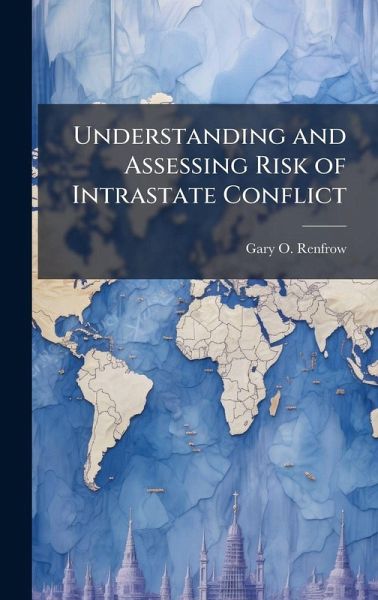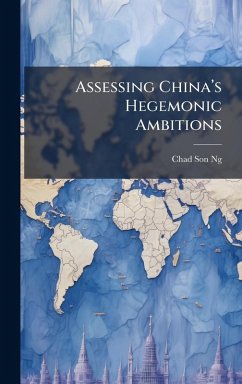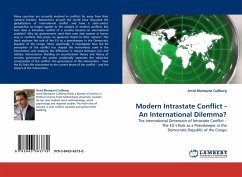
Understanding and Assessing Risk of Intrastate Conflict
Versandkostenfrei!
Versandfertig in über 4 Wochen
28,99 €
inkl. MwSt.
Weitere Ausgaben:

PAYBACK Punkte
14 °P sammeln!
Understanding human development is perhaps more relevant today than at any other moment in history. Although the United States is very good at using destructive power against its adversaries, preventing conflict and reaching a desirable end state often eludes it. A better understanding of human behavior in general, and human development specifically, may help it do both. If capability and will together are given as the ultimate, necessary and sufficient cause of violent conflict, then understanding human motivation and behavior is essential. Human behavior is the outcome of individual motivati...
Understanding human development is perhaps more relevant today than at any other moment in history. Although the United States is very good at using destructive power against its adversaries, preventing conflict and reaching a desirable end state often eludes it. A better understanding of human behavior in general, and human development specifically, may help it do both. If capability and will together are given as the ultimate, necessary and sufficient cause of violent conflict, then understanding human motivation and behavior is essential. Human behavior is the outcome of individual motivation and interaction with other people, institutions, and the environment. The conditions that these elements constitute significantly affect the ability of individuals to live, grow, develop and live the life that the individual values. Human development is a sustainable increase in individual capability to meet one's needs when conditions do not permit this; individual frustration may lead to violent behavior. This paper explores the lack of human development as the cause of intrastate conflict. The research includes an analysis of human needs and the means to satisfy them at the individual and national levels. This work has been selected by scholars as being culturally important, and is part of the knowledge base of civilization as we know it. This work was reproduced from the original artifact, and remains as true to the original work as possible. Therefore, you will see the original copyright references, library stamps (as most of these works have been housed in our most important libraries around the world), and other notations in the work. This work is in the public domain in the United States of America, and possibly other nations. Within the United States, you may freely copy and distribute this work, as no entity (individual or corporate) has a copyright on the body of the work. As a reproduction of a historical artifact, this work may contain missing or blurred pages, poor pictures, errant marks, etc. Scholars believe, and we concur, that this work is important enough to be preserved, reproduced, and made generally available to the public. We appreciate your support of the preservation process, and thank you for being an important part of keeping this knowledge alive and relevant.












